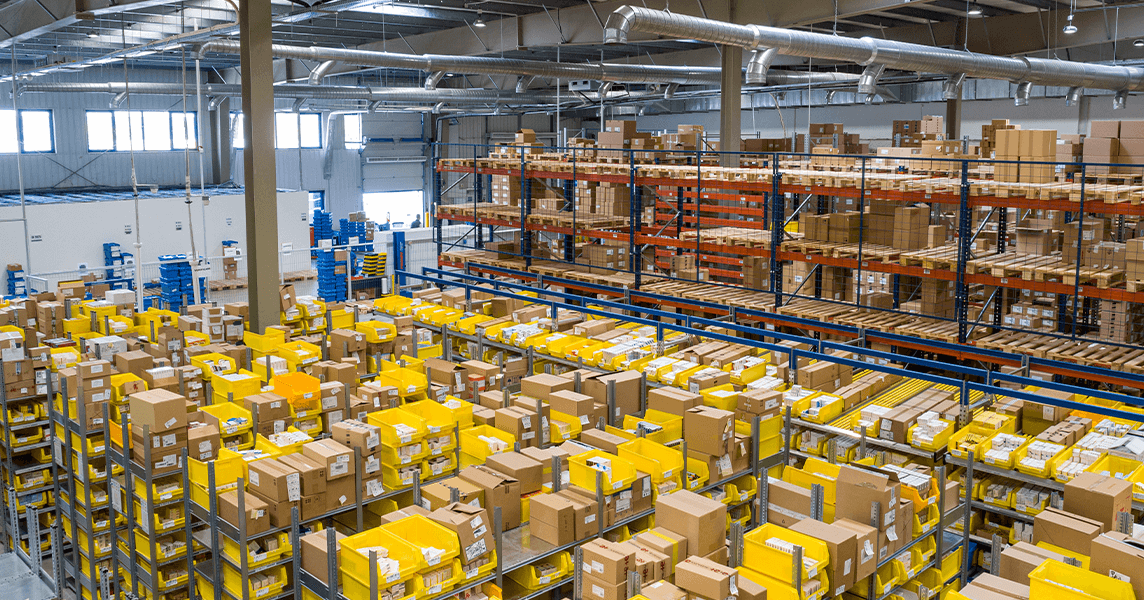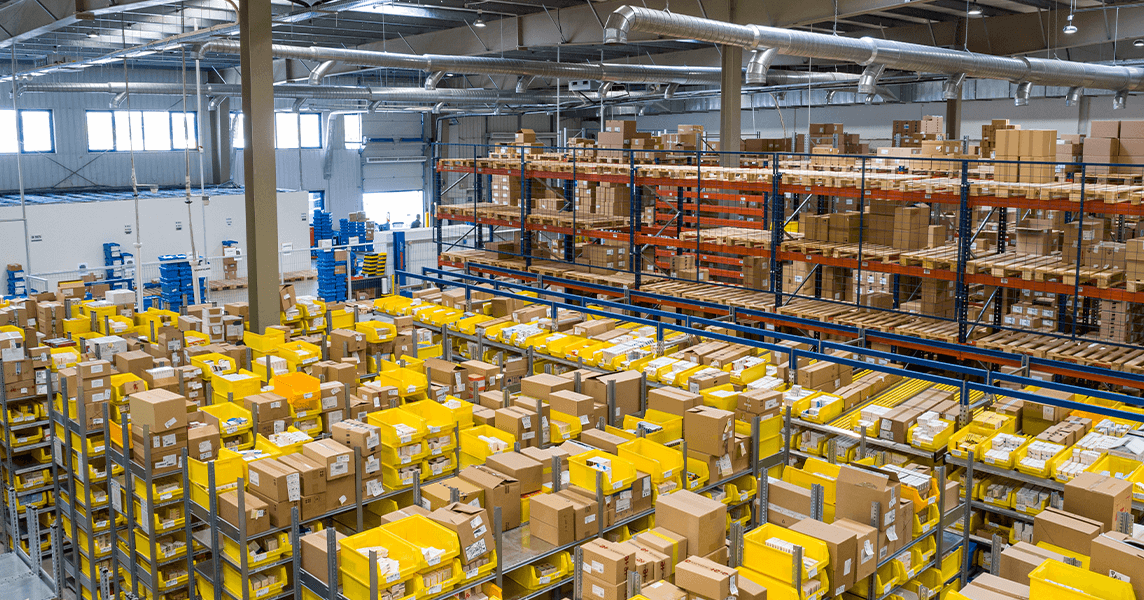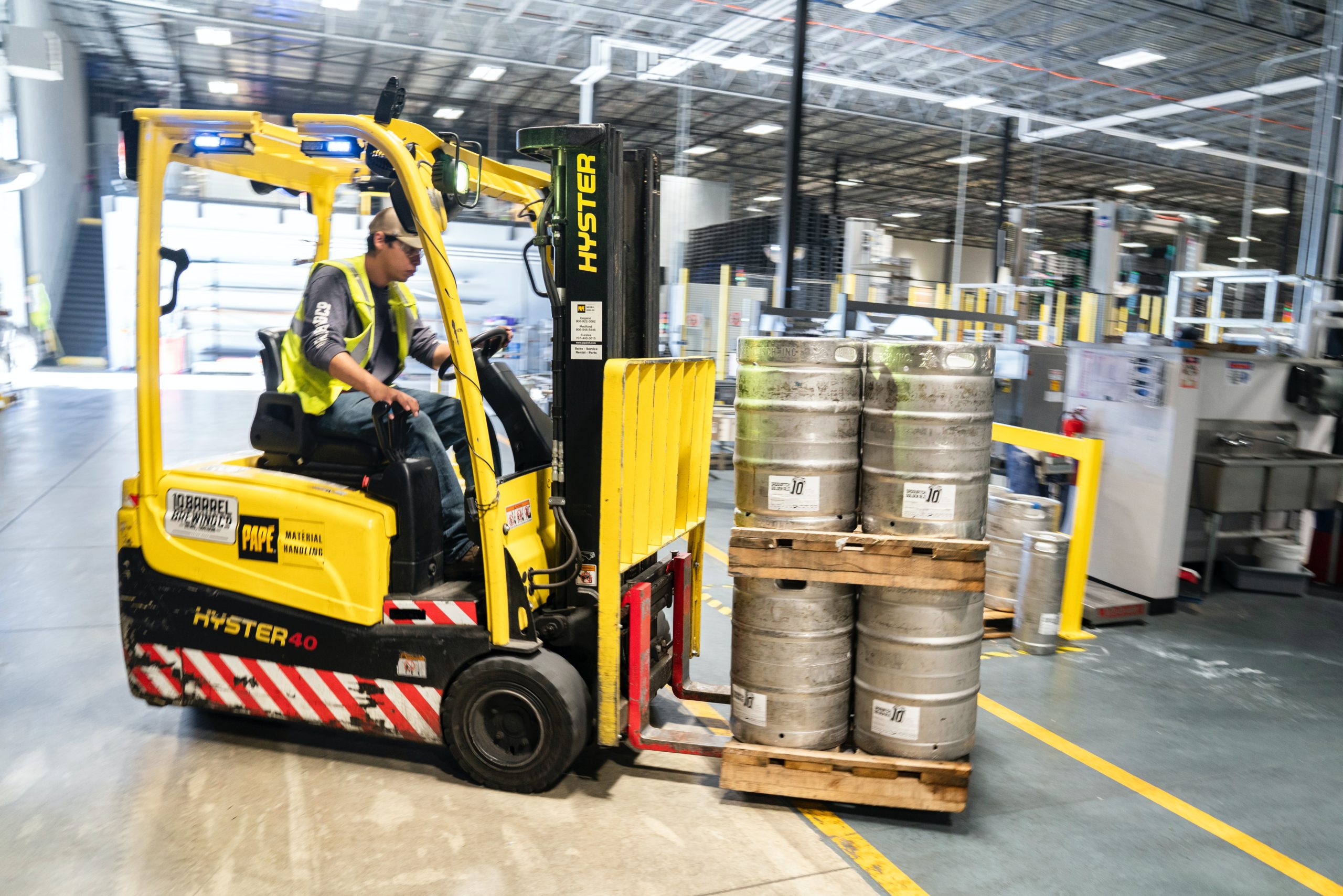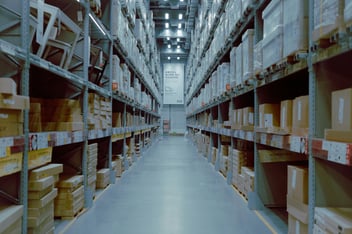
What is overstocking?
Overstocking occurs when businesses order or store more products than they can move or sell. The result of this is increased storage costs on the increased volume of stock, and higher risks of expired or damaged products.
During the Covid-19 pandemic, overstocking products was a safe way to guarantee that you had enough products to meet the demand. This meant creating more products than needed and storing the excess in warehouses or other facilities.
With the pandemic on the decline, many companies now realize that they overproduced and are now left with large volumes of unmovable products. While this was a way to guarantee business during uncertain times, it is currently an issue for both 3PLs and businesses using warehousing space.
Why do companies overstock
Even after the recent pandemic, companies are still employing a Just in Case business model. Many businesses were caught unexpectedly by the lockdowns and a sudden surge in consumer demand, resulting in inadequate supply to meet demand. Today, companies are still overstocking in their own warehousing facilities, or with their 3PL’s in fear of being caught ill-prepared again. While it may seem like a good idea to be storing 3 months' worth of product at your 3PL facility, the reality is that companies are losing money through expiries, lost or damaged products, and increasing storage rates.
Why is overstocking bad?
Overstocking products can result in expired and damaged products due to low turnaround times compared to the massive volumes. While most warehouses and 3PLs have systems in place to minimize shorts and damages, sometimes the sheer amount of product can get lost, or overwhelm the staff.
Alongside expired and damaged products, overstocking can result in increased monthly and yearly costs. This is due to the warehouse or 3PL charging for the warehouse space alongside fulfilment services. This loss of money occurs when profit from fulfilled and moving goods is cut into by the warehouse charges for overstocked items. As long as there are pallets not moving in the warehouse, additional fees will be incurred, cutting into your final profit.
How to avoid overstocking?
Overstocking may feel like a sure way to avoid being caught off guard and not having enough inventory. However, you can work with your 3PL to come up with a solution for this.
There are several ways to avoid overstocking the primary way is to work with your 3PL to calculate the minimum and the maximum number of orders to be fulfilled and calculate the ideal number of products in stock you need to fulfill that. Another way is to decide which of your products you do need more of, this can be seasonal products or data-driven customer favourites.
How a 3PL can help - How a 3PL can be a problem
A 3PL can help you reduce your overstock by helping create a turnover plan for your business. As mentioned in how to avoid overstocking, your 3PL has the means to find a solution as they often lose money too on overstocking.
Despite being a solution, some 3PLs can also be a problem. Some 3PLs may accept your larger quantities and overstocked products but charge increased premiums. This can lose you more money on top of the decreased profit from the low turnaround.
Birkby 3PL Can Help With Your Storage Management
Birkby 3PL and Warehousing can help you manage your inventory and work with you to endure you turn a profit. Our competitive rates and specialty in quick turnaround fulfilment orders allow us to get you to be where you need.
Looking for a 3PL Provider?
Contact us today to learn more about Birkby's comprehensive 3PL solutions.





Leave a Comment